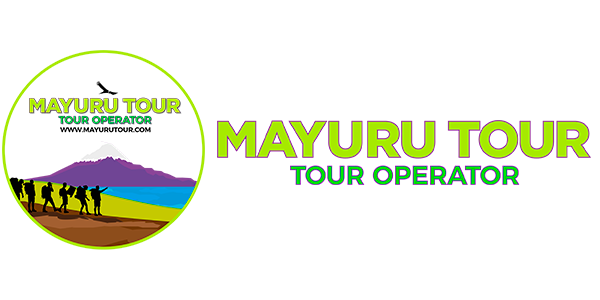Flora & Fauna in the North of Chile
The Regions of the Plants
According to the main forms of vegetation, in the Altiplano there are three different regions:
The so called ‘Tolar Andino’ mainly consists of low bushes. The most dominant species of bushes are the Tolas and between the numerous herbaceaus plants grows the Chachacoma. Akso you can find different types of cactus plants which underline the beauty of the highlands when they florish.
The ‘Pajonal Andino’ is formed by indeciduous grasses and many small herbs. The most common species are the ‘Paja Brava’, which was used for roof constructions, and the Iru.
The ‘Bofedales’ (wetlands) are constantly humid areas where vegetation grows with high density due to the organic and peaty soil. Some of the characteristical species are the Paco, the Sora and the Colipaco. The most notable Bofedal is close to Parinacota, and it’s high productivity allows the existence of an impressive fauna.
“Another typical form of vegetation that once was in danger of extinction is the llareta, a plant that was used as combustible due to it’s high content of resin”

Birds and Mammals
The ecosystem of the Altiplano is a paradise for many different kinds of birds, mammals and insects that adapted to the living circumstances in the highlands.
One of the most characteristic birds is the giant Tagua that lives in the wetlands and especially is to find at the lake Chungara. It’s a unique species in the world, of an enormous size, and it aliments itself with waterplants. These birds can run at high velocity over the surface of the water, but difficultly get up in the air.
Another bird adapted to the highlands is the flamingo chileno with it’s beautiful pink colour.
On the altiplanic sky you can also find various predators like the Touque, the hawk and the giant condor.
For it’s singularity, the most interesting of the altiplanic fauna and the great ecosystem are the four species of the latin-american Camėlidos, the great four: the Guanaco, the Vicuña, the Alpaca and the Llama. The Guanaco and the Vicuña are still wild animals while the Alpaca and the Llama have been domesticated.
The Llamas are ruminants and are the relatives of the camels and dromedaries in the chilean highlands.
The Vicuña once was in danger of extinction in the 1970s. Thanks to the international convention for the protection and conservation of the Vicuñas, firmed by Chile, Peru, Ecuador and Bolivia, the population of these animals was able to grow from a few hundred to many thousand animals.
The most famous rodents are the Vizcacha, the mountain-guineapig and the armadillo, also named Quirquincho, whose carapace is used for the construction of an andean instrument, the Charango.
